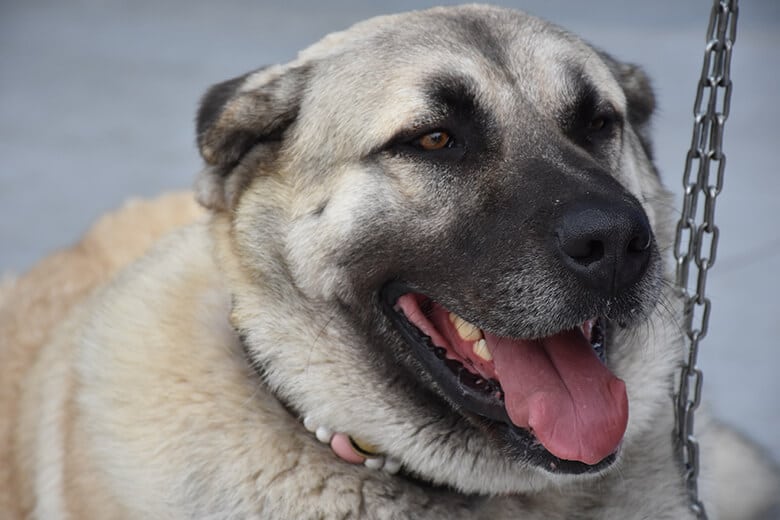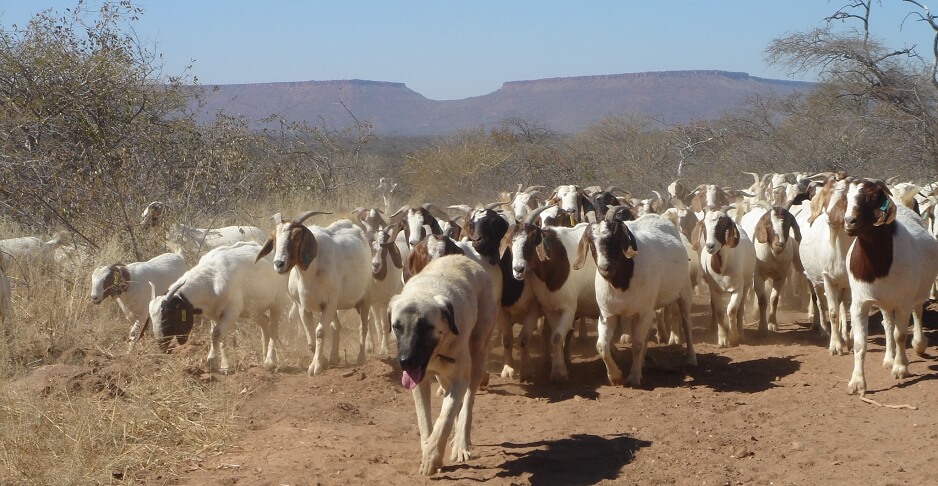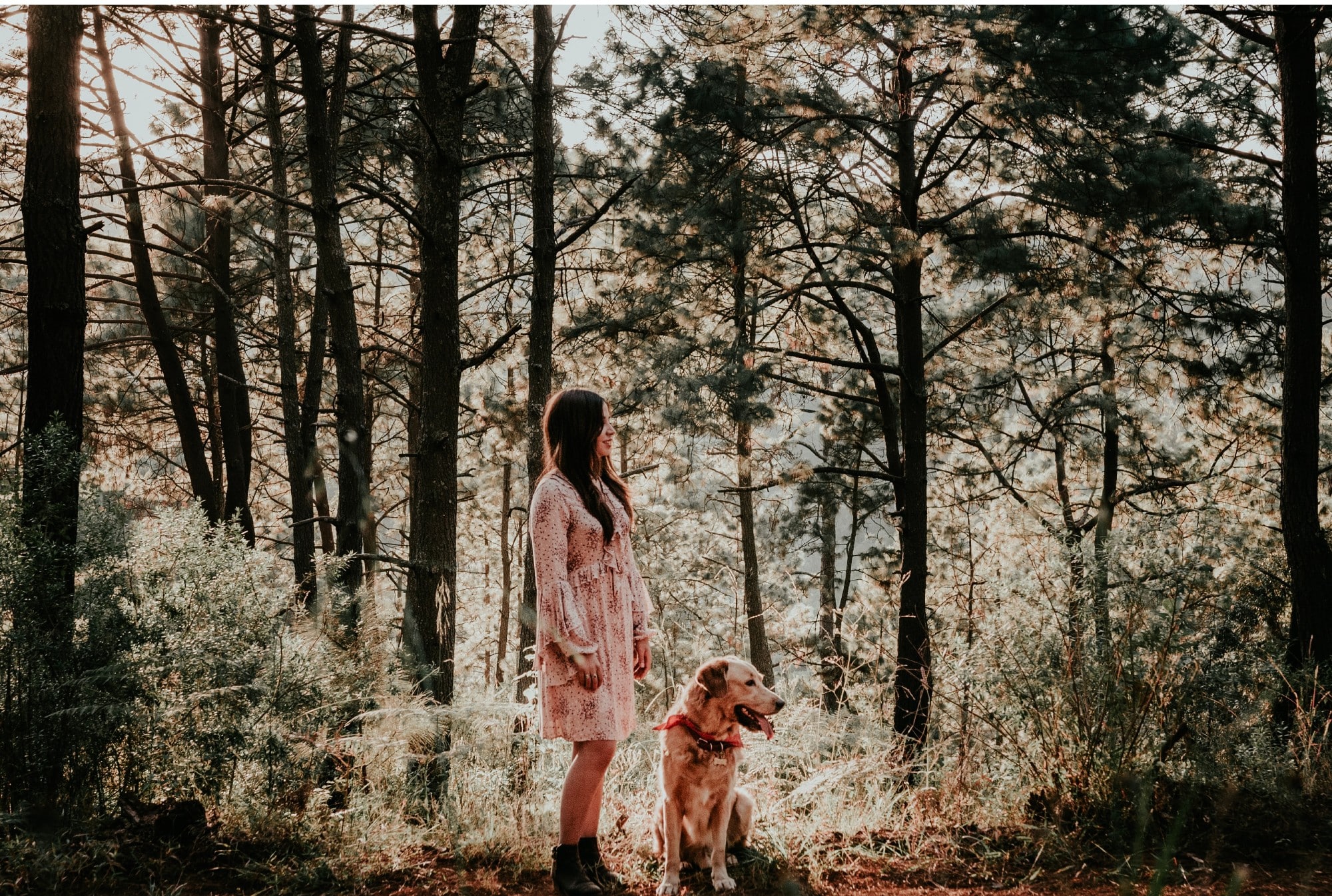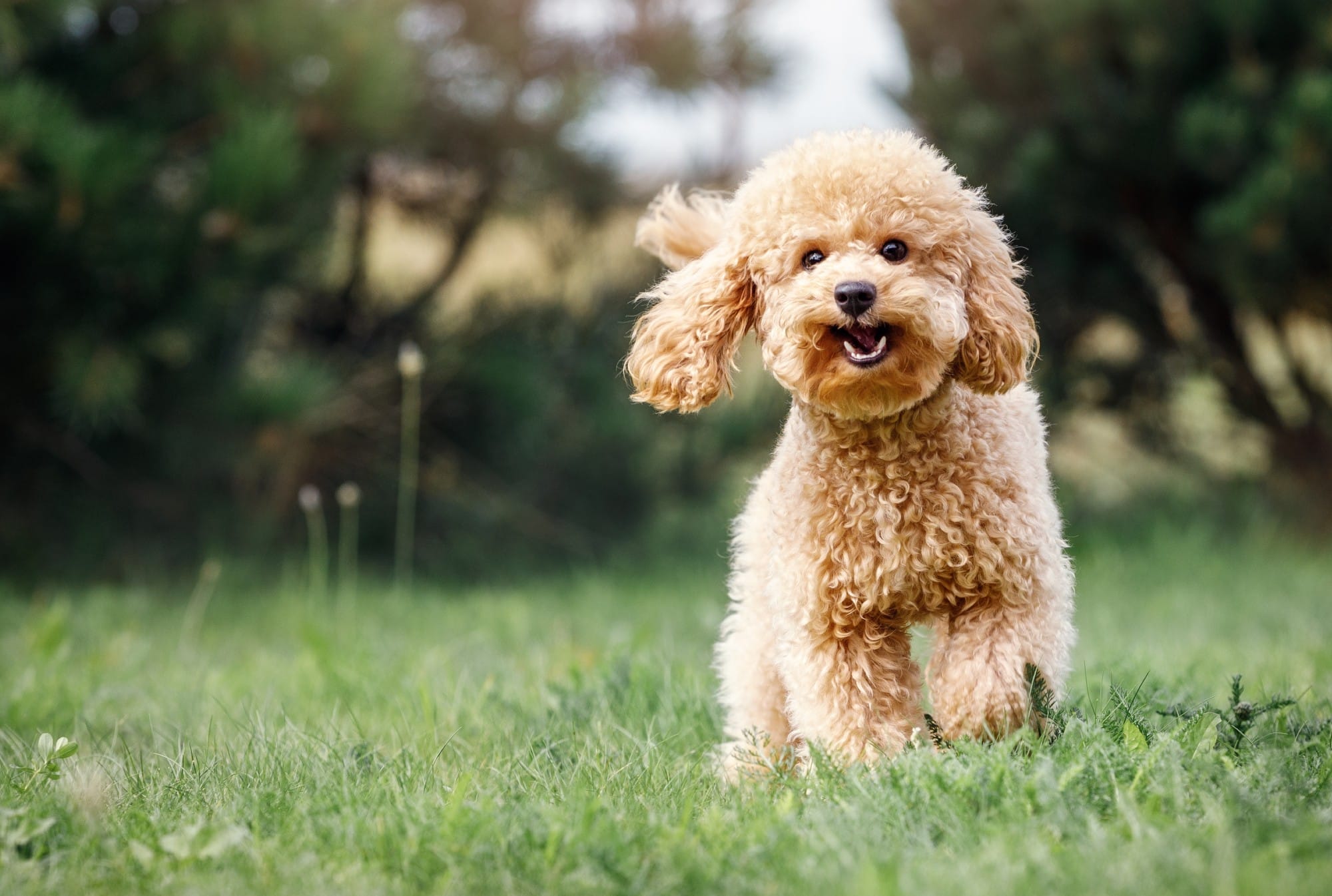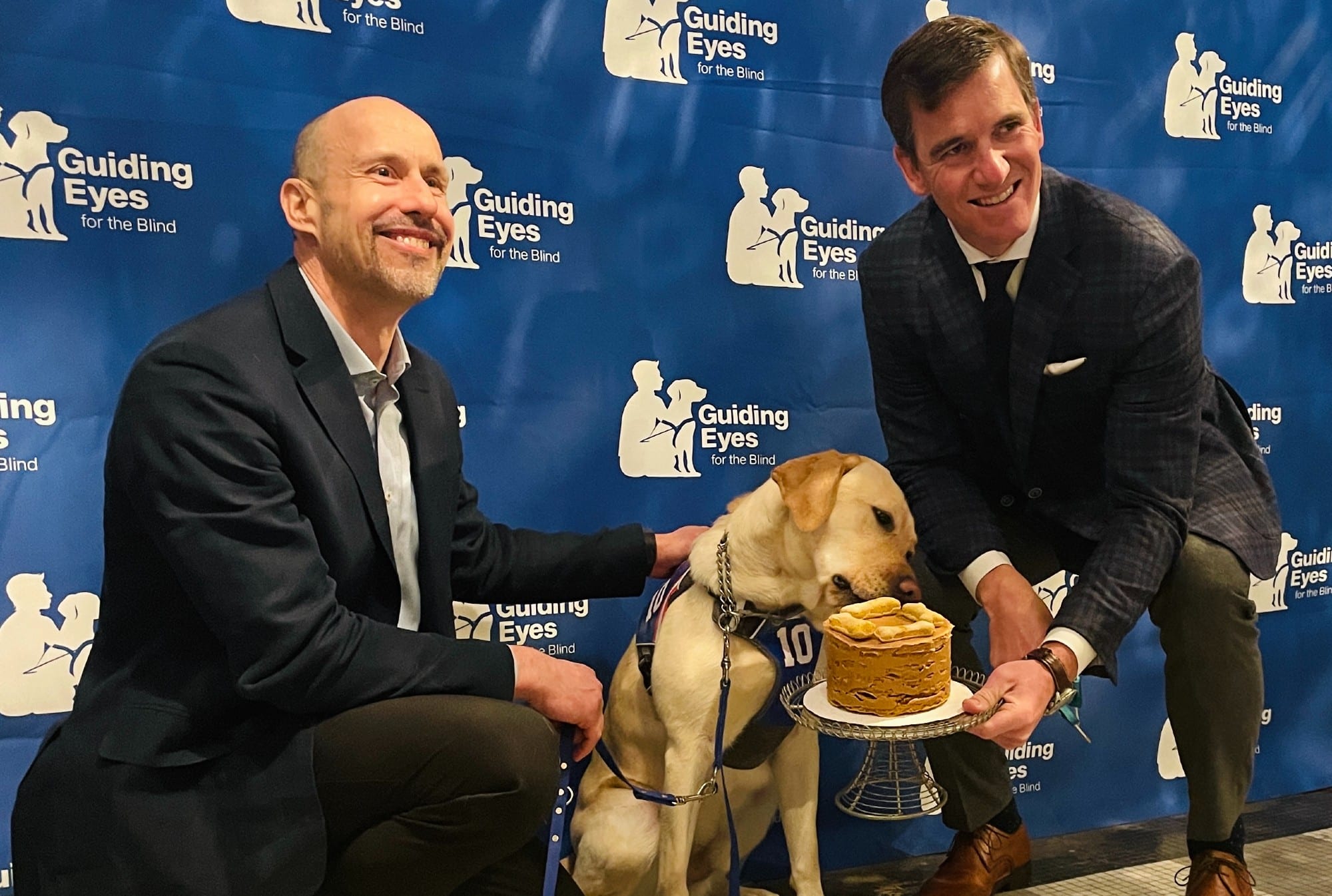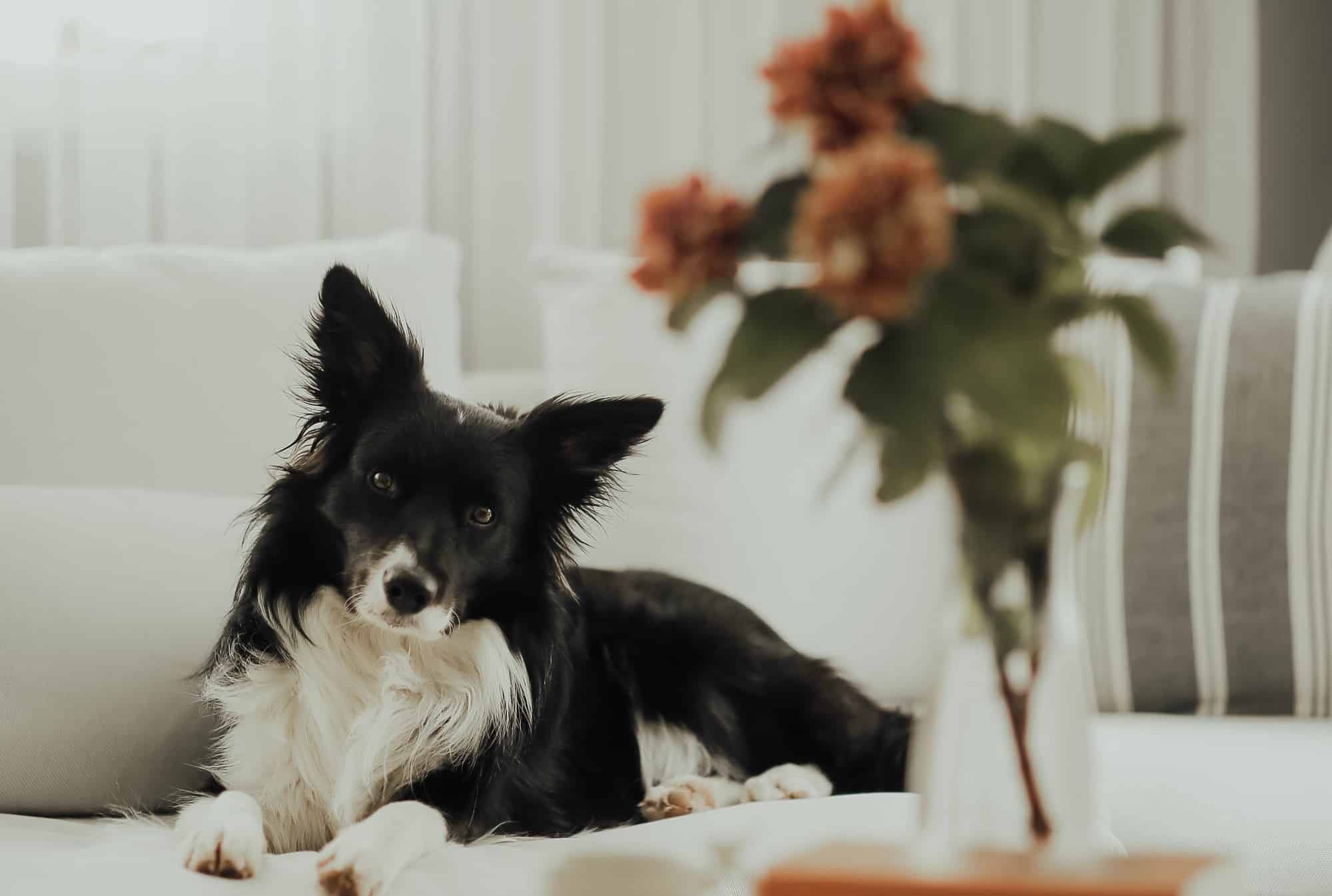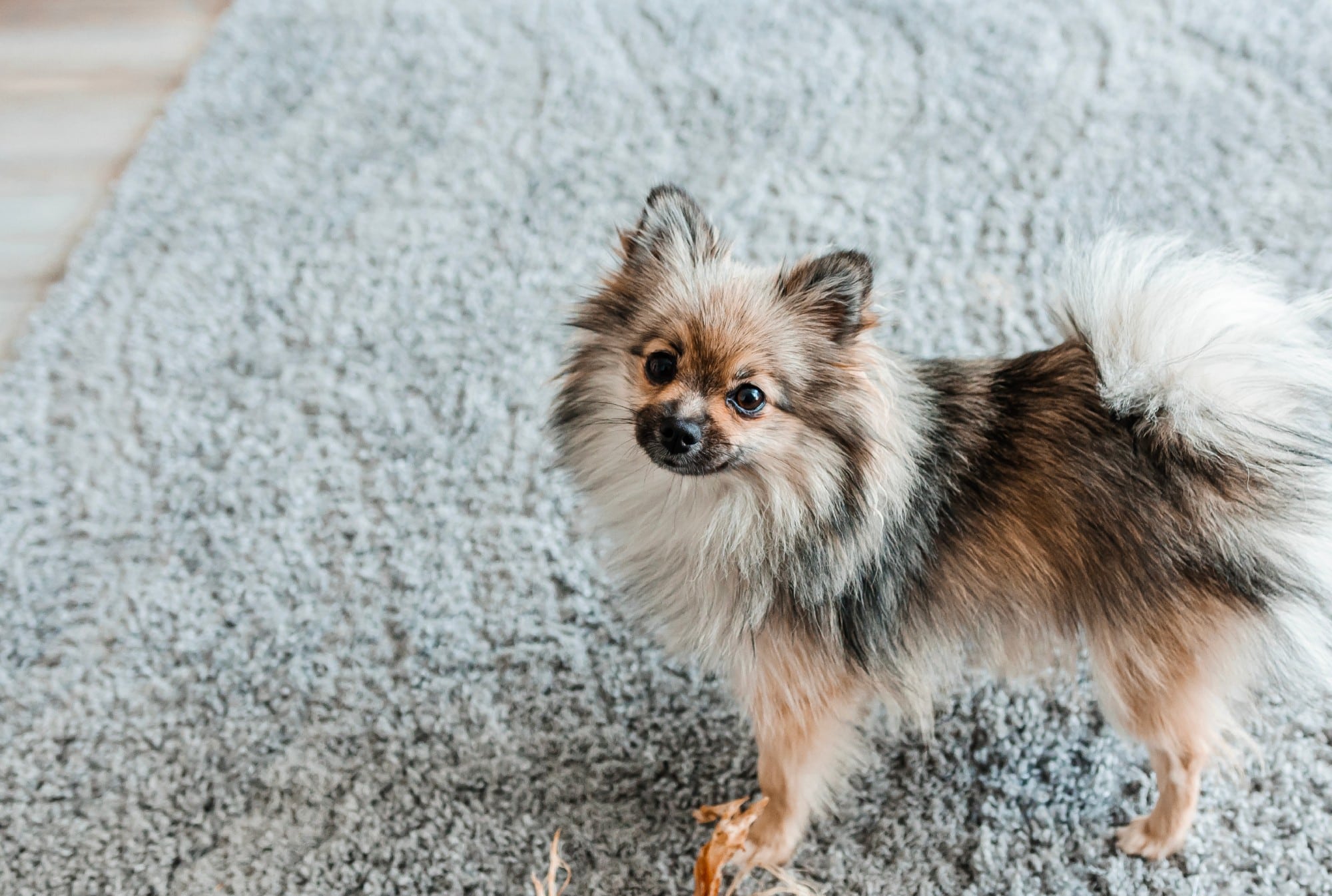When a breed is considered a national treasure by its country, we need to do some investigating.
The Kangal, also known as the Kangal Shepherd dog, is a powerhouse breed can make a good family dog as long as there’s sufficient space to roam. Because of the breed’s protective, territorial nature, a securely fenced yard is the best environment. They were bred as working dogs that spend most of the time outdoors, and they will not thrive if cooped up in an apartment. They are suited to colder environments, but they can handle hot weather as long as there’s shade available.
The large, muscular stature, massive head, and contrasting black mask on the face makes their appearance formidable, but the Kangal guards with intimidation rather than aggression. The breed tends to become independent and stubborn with age, so early training and socialization is imperative. This is true working dog breed, so if you want a Kangal to be happy, give them a job.
Related:Whiskey the Whippet Snags the Best in Show Trophy at National Dog Show
Height: 30-32 inches (male), 28-30 inches(female)
Weight: 110-145 pounds (male), 90-120 pounds (female)
Average Lifespan: 12-15 years
Origin: An ancient breed thought to be related to Mastiff breeds of the Assyrian Empire going back to 600 BC, the Kangal originates in the Sivas province of central Turkey where it remains a national treasure. The breed has long been associated with the family headed by the Aga of Kangal, a large family of landholders and chieftains who are renowned breeders of exceptional animals including Arabian horses and sheep. The Kangal is not generally kept as pets in their home country but are used as working dogs and fierce guardians in Turkey.
Related: Everything You Need to Know About the Bernese Mountain Dog
Bred for: The Kangal dog was bred to guard shepherd’s flocks against large predators including bears, wolves, foxes and jackals in the mountains and plains of the Kangal district of Turkey. Shepherding sheep across large tracts of land have developed their agility, strength and speed. This work has made them gentle with livestock and children and intimidating (and aggressive if necessary) with predators and intruders.
Temperament: Kangals are intelligent, alert and protective dogs with a calm, serene nature. They are gentle, friendly dogs to their family, especially children, but are alert and aloof with strangers. They do need room to roam and can become bored and depressed without enough space. They are foremost a guardian, though they are more defensive than aggressive, but their nature is also nurturing due to a strong drive to bond with their flock. Kangal dogs work by becoming part of their flock, and the flock will gather around the dogs when threatened. This breed has even been known to help care for newborn lambs.
Grooming: They have a short, thick double coat that sheds heavily twice a year. During this period, the coat should be brushed out thoroughly every week, but hot climates increases their shedding and requires more frequent brushing. Otherwise, occasional brushing the rest of the year will keep the coat healthy. They only need bathing when they get stinky, but their nails, ears and teeth need regular cleaning.
Related: What You Need to Know About the Catahoula Leopard Dog
Exercise: These dogs require a lot of exercise. Kangals were bred to be active all day, so they need several hours of running and playing in a large area with a high, very secure fence, or preferably, acres of land in the country to work off their energy. If they’re not protecting a flock, they will also need long, daily walks or a moderate jogging session.
Health: Kangals are sturdy dogs known for good health. There is only one genetic condition that sometimes affects this breed: hip dysplasia. Canine hip dysplasia is more typical in large breeds, causing pain, stiffness, and arthritis in the hip joints.
Places to get a Kangal Dog: The Kangal breed is not typical outside of Turkey. If you want to buy a puppy, check out the Kangal Dog Club of America breeders page. There are sometimes dogs available for adoption from their rescue page.













